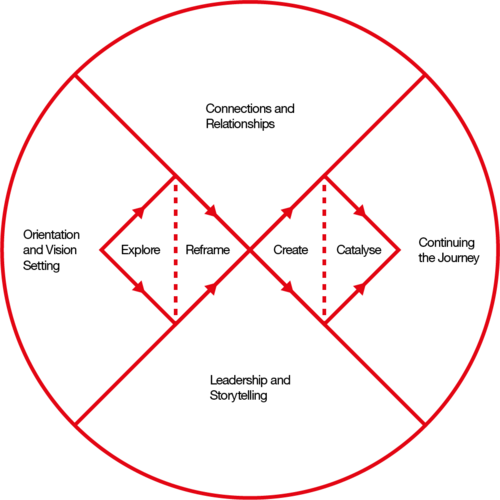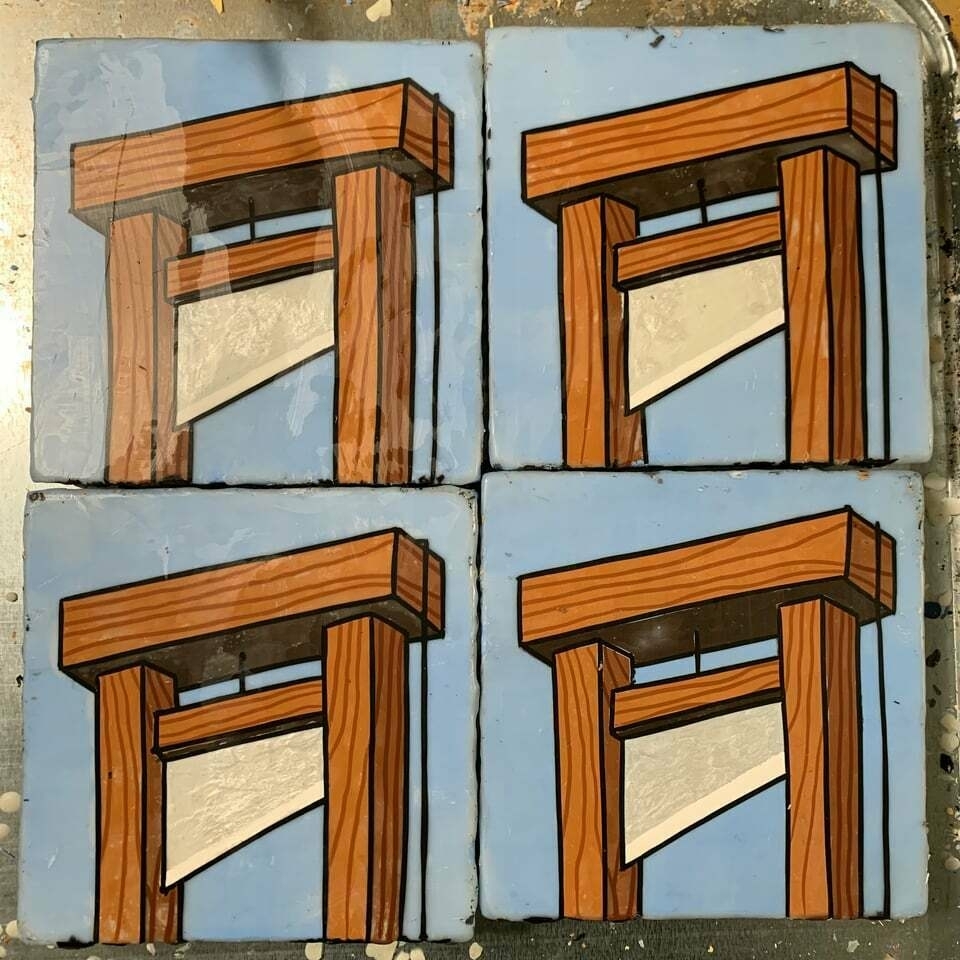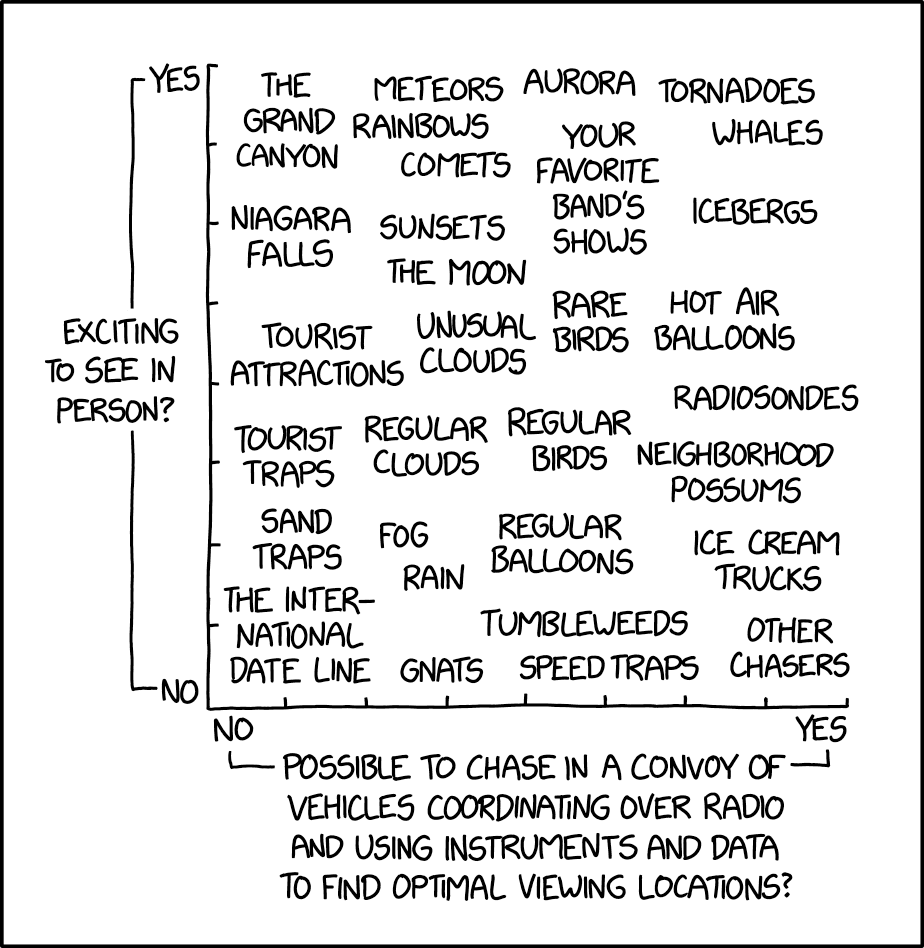New posts from thoughtshrapnel.com
Thought Shrapnel
Strategic Design resources

I had a chat with John Willshire today from Smithery and while we were talking he mentioned a few resources and books:
- Discursive Design: Critical, Speculative, and Alternative Things by Bruce M. Tharp and Stephanie M. Tharp
- Futures Literacy
- Transforming the Future: Anticipation in the 21st Century edited by Riel Miller
- Dark Matter and Trojan Horses: A Strategic Design Vocabulary by Dan Hill
- Systemic Design Framework by The Design Council
ShareOpenly (to the Fediverse)

Ben Werdmuller created ShareOpenly to make it easier to share web content, such as blog posts, to the newer crop of social media sites. Happily, he’s announced that there’s now a nifty icon and a WordPress plugin. I’ve installed the latter over at my personal blog.
In related news, publishing platform Ghost has started work on their ActivityPub integration. This is the protocol that allows social media sites such as Mastodon, Pixelfed, and Micro.blog (which powers this blog) to talk to one another.
ShareOpenlyIt’s been a little over a month since I launched ShareOpenly, my simple tool that lets you add a “share to social media” button to your website which is compatible with the fediverse, Bluesky, Threads, and all of today’s crop of social media sites.
You might recall that I built it in order to help people move away from their “share to Twitter” buttons that they’ve been hosting for years. Those buttons made sense from 2006-2022 — but not so much in a world where engagement on Twitter/X is falling, and a new world of social media is emerging.
Source: werd.io
We got the internet that reflects who we are

John Willshire, with whom I had an interesting chat this week, asked a question of Mike Monteiro. I confess not to follow the latter’s work, but liked his thoughtful and considered answer to John’s question: Which internet do you wish we’d ended up with instead of the one we got?
This is the most pertinent part of it, as far as I’m concerned:
Ultimately, I think we got the internet that reflects who we are.
We got an internet where a select few people have a lot of control because they have money. We got an internet where loud angry racists demand a lot of attention because they believe they deserve that attention. But we also got an internet where kids manage to connect with one another. We got an internet where trans kids can get make-up tutorials. We got an internet where the horrors of a genocide can be exposed, as much as the powers-that-be try to stifle that from happening. We got an internet where Kendrick can go ham. We got an internet that reflects both the horror and the beauty of who we are as human beings.
We got the internet that reflects who we are.
Do I want a better internet? Sure. I mean, I’m on it right now. I’d enjoy it more if it wasn’t full of terfs and nazis. But the path to a better internet starts with building a better society. Which starts by redefining what we mean when we say we.
Source: Mike Monteiro’s Good News
More on digital afterlife services

If there are people falling in love with chatbots powered by generative AI, you can bet there are people creating chatbots of deceased loved ones. I can understand the temptation, but I can’t see it being a particularly healthy one. And as this article points out, the vectors for disintformation and manipulation is immense.
Known as “deadbots” or “griefbots,” these AI clones are trained on data about the deceased. They then provide simulated interactions with virtual recreations of the departed.
This “postmortem presence” can social and psychological harm, according to researchers from Cambridge University.
Their new study highlights several risks. One involves the use of deadbots for advertising. By mimicking lost loved ones, deadbots could manipulate their vulnerable survivors into buying products.
Another concern addresses therapeutic applications. The researchers fear that these will create an “overwhelming emotional weight.” This could intensify the grieving process into endless virtual interactions.
Source: The Next Web
Another chance tonight

It’s looking like we might get another chance to see the aurora borealis tonight after the spectacular display in most places, including near us.
I thought this xkcd chart was funny/interesting given how underwhelmed I’ve been going to see things like the meridian line in Greenwich, London.
Source: xkcd
Every drama requires a fool

Some of these are perhaps a bit too literal for their own good, but this list of Chinese proverbs includes some I hadn’t seen/heard before. But then, I guess, lots of things are dubbed ‘Chinese proverbs’ that are of unknown provenance.
Here’s three of my favourites that I hadn’t come across before:
If you fall down by yourself, get up by yourself.
Every drama requires a fool.
Smart people also do stupid things.
Source: Futility Closet
Image: Henry & Co.